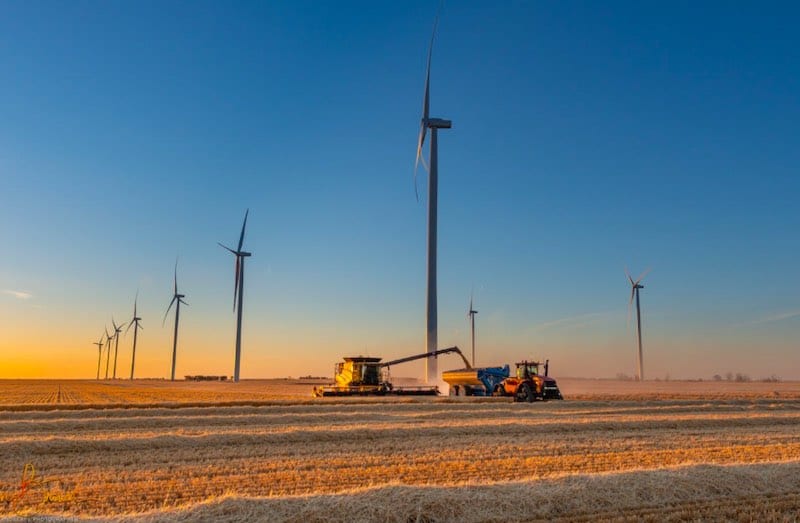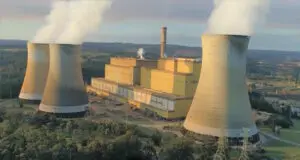Victoria has laid out plans to reach its target of 95 per cent renewables by 2035, by which time it expects to close the last of its coal fired generators, relegated gas to a minor support role, and built enough new renewables and storage to support a big jump in demand.
The plan – Cheaper, cleaner, renewable: Our plan for Victoria’s Electricity Future – was released by energy minister Lily D’Ambrosio on Wednesday, and estimates some $35 billion will be needed to invest in more than 25 gigawatts (25) of new wind, solar and storage capacity over the next decade.
That capacity is significantly more than the 4.8 GW of heavily polluting brown coal generation that currently dominates the grid, but the government estimates that demand will jump by 50 per cent as homes and businesses electrify and cut their dependence on gas, and because of population growth.
“By 2035, Victoria’s electricity system will be fundamentally transformed,” the government said in a press release. To ensure that we keep the lights on and reach our 95 per cent renewable energy target, Victoria will unlock around 25 gigawatts of new rooftop solar, offshore wind, onshore renewables and energy storage over the next decade.”
D’Ambrosio says that the state currently sources around 39 per cent of its power from renewables, and aims to get to 65 per cent but 2030. But is has faced problems, including in planning approvals, connection processes, supply chain issues, labour costs, and social licence.
The government is streamlining planning processes, and it is looking to boost building efficiency and is leading the country in the adoption of offshore wind, which it sees as crucial for the success of its energy transition.
“We must do more, be bolder and move faster,” D’Ambrosio says in the introduction to the report, which is mostly a glossy brochure but does have some interesting data points.
The plans says the energy mix will come from rooftop solar, large scale wind and solar, offshore wind, and battery storage. It expects the plan to create 59,000 jobs over the next decade.
The mix of onshore wind and solar by 2035 is expected to be around 9.7 GW of wind and 3 GW of solar – an extra 7.4 GW from current levels – along with the legislated target of 4 GW of offshore wind.
Some 6.5 GW of additional storage capacity is expected (mostly batteries and an average four hour duration but that remains to be seen), while homes and businesses are expected to add a further 6.3 GW of rooftop solar capacity, with a further 1.3 GW coming from small (sub 30 MW) distributed solar arrays.
It says that new building standards and efficiency upgrades in existing stock will reduce the capacity required by around 6 GW.
Gas-fired power generation, however, will be reduced to a supporting role for reliability and security, and is expected to contribute to just two to five per cent of total electricity generation in the state each year.
The plan involves the already announced creation of renewable energy zones, and the establishment of the State Electricity Commission, which will co-invest in generation and storage projects to ensure they are delivered on time.
D’Ambrosio also noted that VicGrid is collaborating with landowners, local communities and Traditional Owners on the way renewable energy infrastructure – including transmission – is planned and developed.
You can hear an interview with VicGrid CEO Alastair Parker on the latest episode of the Energy Insiders podcast here.








